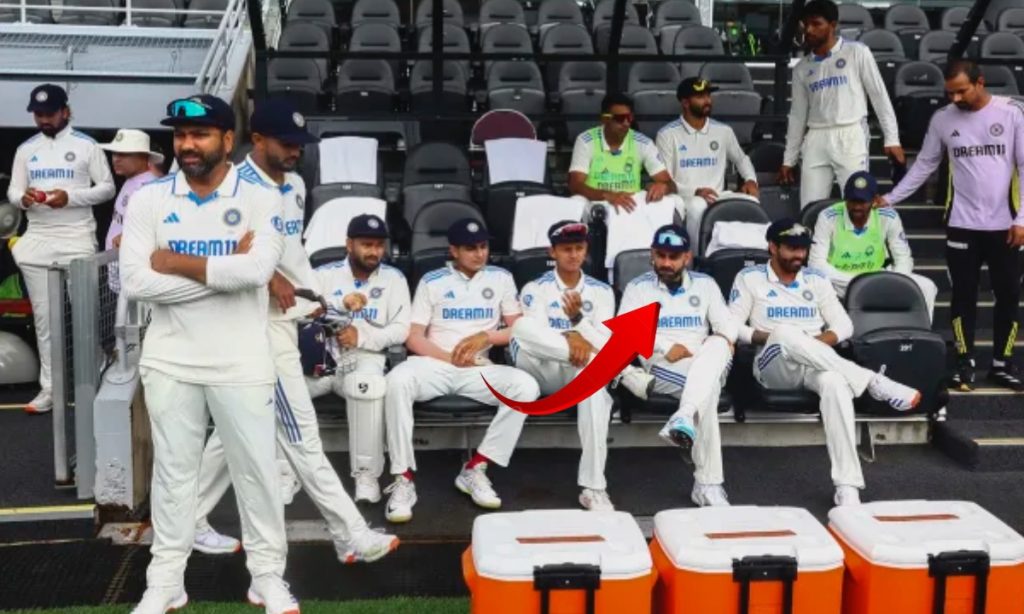The Border-Gavaskar Trophy, a series that epitomizes the rivalry between India and Australia, has always been a stage for cricketing strategies to be tested under the harshest of lights. In this latest edition, India, despite their prowess, encountered several tactical missteps that could have swayed the series’ outcome. From the opening gambit to the management of their bowling and all-round resources, these mistakes offer a learning curve for future engagements. As the series stands, with India leading by 145 runs off 6 wickets at the end of Day 2 in Sydney, we delve into three significant errors that might have left India short of their best performance.
The Opening Dilemma
The series began with an unexpected challenge for India in Perth, with Rohit Sharma absent for family reasons. This opened the door for Yashasvi Jaiswal and KL Rahul to form an opening partnership that not only stabilized the innings but led India to a resounding 295-run victory. This success was a beacon of what could have been if India had stuck to a more consistent opening strategy. However, upon Sharma’s return in the Adelaide Test, his decision to bat at number 6 was a tactical misjudgment, leading to underwhelming performances in both Adelaide and Gabba. The Melbourne Test further muddled the waters with Shubman Gill out of the squad, forcing another shuffle where Sharma opened, and Rahul moved to number 3. This combination, unlike in Perth, failed to deliver, showcasing a lack of continuity and clarity in the opening strategy that could have been pivotal in setting the series’ tone. The frequent changes in the batting order disrupted the rhythm and confidence of the openers, potentially costing India crucial momentum.

No Chance for Prasidh Krishna
Prasidh Krishna’s presence in the squad was a strategic asset for India, especially considering his height and the ability to generate pace and bounce, attributes well-suited to Australian conditions. Despite this, Krishna was sidelined for most of the series, only making a significant impact in the Sydney Test with 3 wickets. His underutilization was a glaring oversight, particularly in a series where India needed to disrupt the Australian batting line-up. Krishna’s bowling could have offered the variety and threat needed to break partnerships or to counter the aggressive Australian batting. His performance in Sydney was a brief glimpse of what could have been a series-defining contribution if he had been given more opportunities. The conservative approach in not fielding Krishna more frequently might have left India’s bowling attack lacking the punch needed to dominate consistently.
Underutilization of All-Rounders
India’s selection of all-rounders Nitish Kumar Reddy, Washington Sundar, and Ravindra Jadeja was meant to provide depth and versatility. However, the series witnessed a strategic misstep in how these players were deployed. Nitish Kumar Reddy, with his potential to change games with both bat and ball, found his role ambiguous. Washington Sundar, whose off-spin could have been crucial in breaking partnerships and who also adds value with his batting, was not used effectively in the bowling department. Even Ravindra Jadeja, a stalwart in the team, was sometimes positioned in a way that didn’t fully leverage his dual skills, whether by batting him too low or not optimizing his bowling overs.
This mismanagement of all-round resources meant India missed opportunities to adapt to the game’s demands. In a series where conditions could change, or where a quick burst of runs or a few wickets could turn the game, the underutilization of these players was a tactical error. The series saw moments where a more dynamic use of all-rounders could have shifted the momentum towards India, highlighting a broader issue of strategic foresight and player management in the Border-Gavaskar trophy.
Looking Ahead
As the Border-Gavaskar Trophy continues, with India in a promising position but not without its challenges, these strategic errors provide a narrative of what might have been. The opening combination’s inconsistency, the underuse of Prasidh Krishna, and the suboptimal deployment of all-rounders underscore the importance of strategic clarity and adaptability in cricket. These lessons are crucial not just for the remainder of this series but for India’s cricketing journey ahead, ensuring that such mistakes do not repeat and that the team can harness its full potential in future confrontations.

